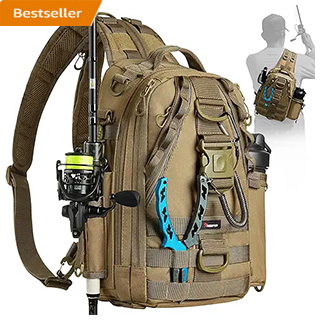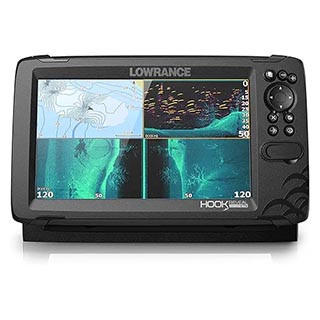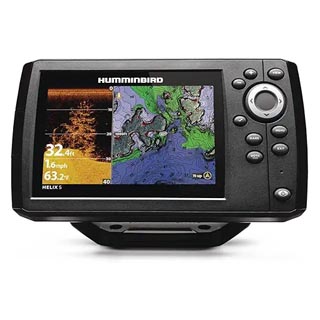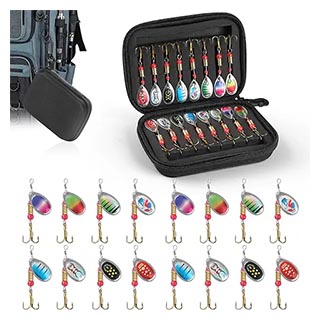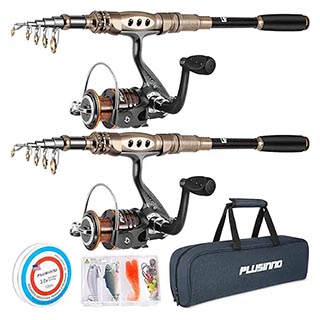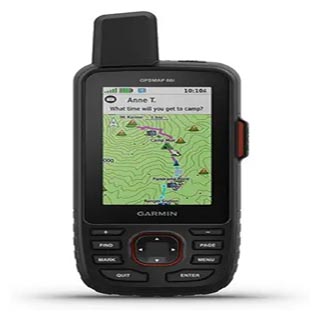Not Just Fishing
Fishing Articles and Information

How To Build A Gill Net
By Roscoe Ledbetter
Gill netting is a very productive method of catching fish.
Although a lot of states do not allow the use of gill nets, Virginia is one of the few that does.
In fact, it allows
recreation gillnetting as well as commercial gill netting.
The recreational fisherman is limited to one gill net whereas the commercial
guys have as many as they want.
They just buy as many gill net licenses as the need.
I started out as a recreational fisherman/gill netter. It was more fun than I expected and I found that I could catch enough for a weekend fish fry whenever I wanted.
Later, I wanted to sell fish and that required me to become a commercial waterman. I did pretty good my first year considering I only had one gill net.
I needed more nets and found that I needed to learn how to make my own nets. The cost of a gill net is cut just
about in half when you build it yourself. Gillnets consists of three major parts. The top line, the netting, and the bottom line or
lead line are the main parts of the gill net.
The top line is usually made of float line. Float line is a line that has
a foam core to make it float. Floats spaced out on a line also works but the foam core line is easier to handle when deploying your
net.
The netting comes in different size meshes as well as thickness. The size of the mesh determines the size fish that can be caught in the net. A three inch mesh will catch fish as small as 6" and as big as 12inches with the average fish being about 8 to 10 inches.
To build my nets, I used 1/2" foam core top line and 65LB. bottom line. I used 600 feet of each.
I
used three inch net mesh for catching Spot and medium Croakers. For the large Croakers and sea trout I used 3 3/4 " mesh. When
you order your netting, order twice the the length of the size of the net you will build.
For example, to build a 100 yd gill
net, order 200 yd of netting. Netting is usually measured in "stretched yards". Tie the netting to the top and bottom line
at intervals of about 7 to 9 meshes.
Use net twine to tie the netting. At each end of your net, run a rope from the top
line to the bottom line and secure at both the top and bottom. These are your end lines. I prefer to use hollow braid line for my end
lines because I can form loops in the ends easily.
You will need to attach a buoy to the top line and an anchor to the
bottom line at both ends.
All that's left to do now, is to set the net in you favorite spot and get ready for a fish fry!
Roscoe Ledbetter is an avid fisherman. He specializes in using artificial lures to catch a wide variety of species of fish. Roscoe spends just about all of his free time fishing.
Fishing Article Of Interest: Fishing With The Perfect Nightcrawler